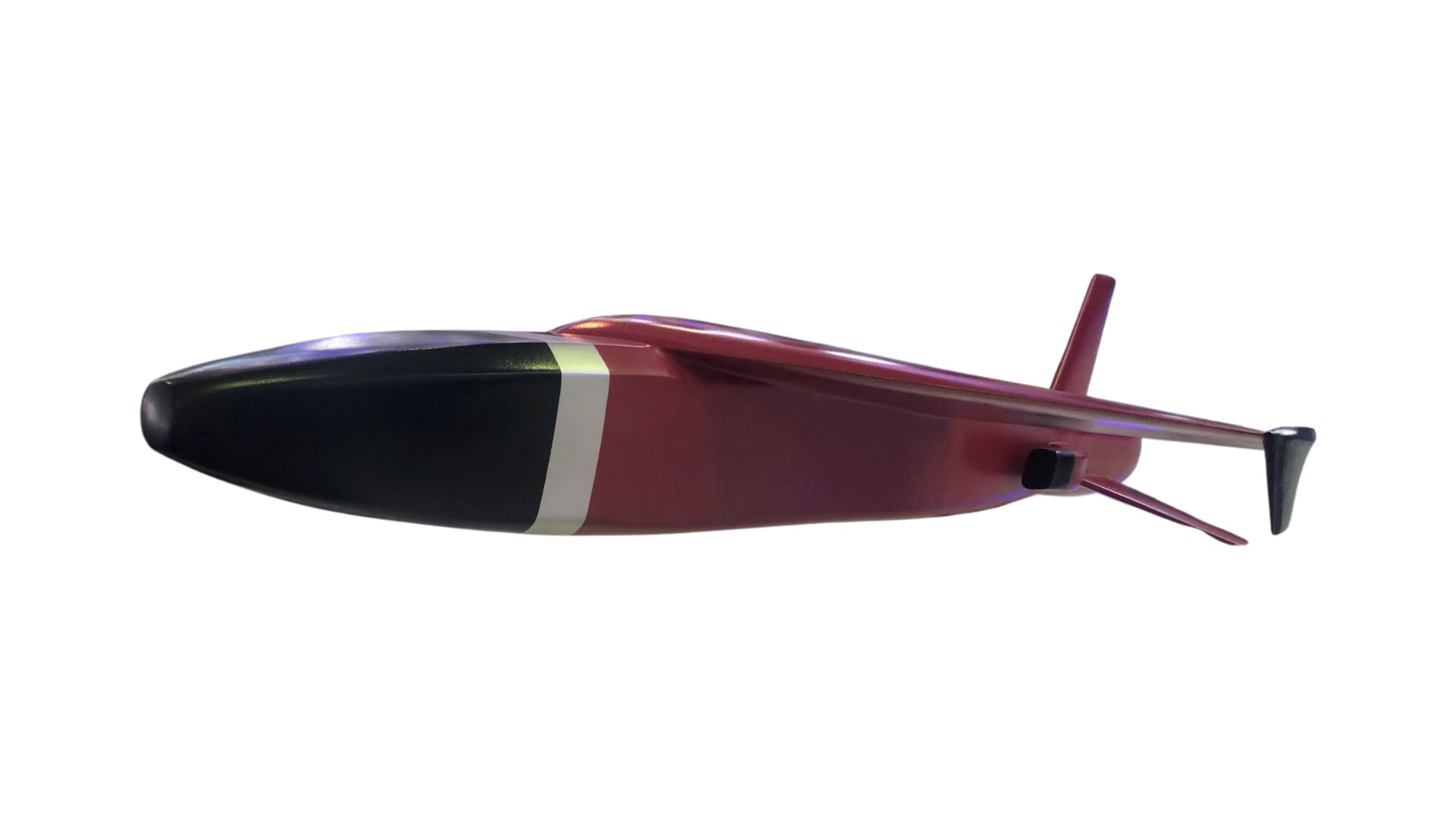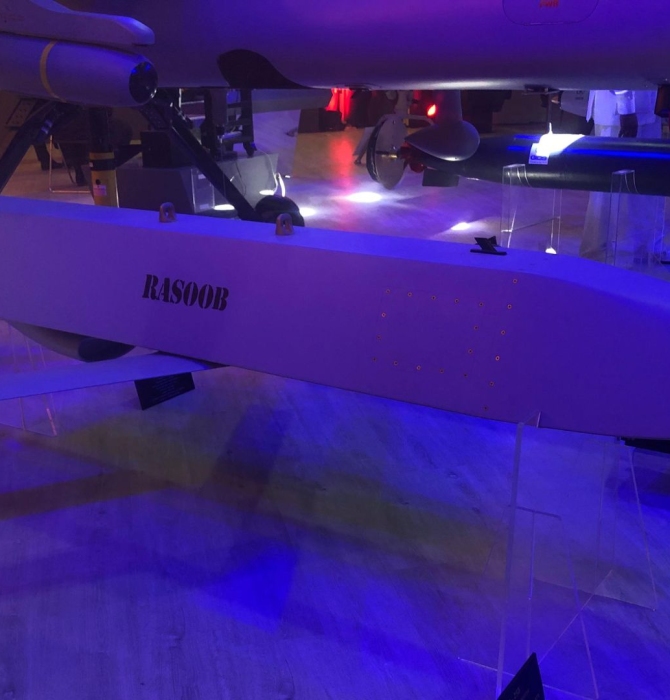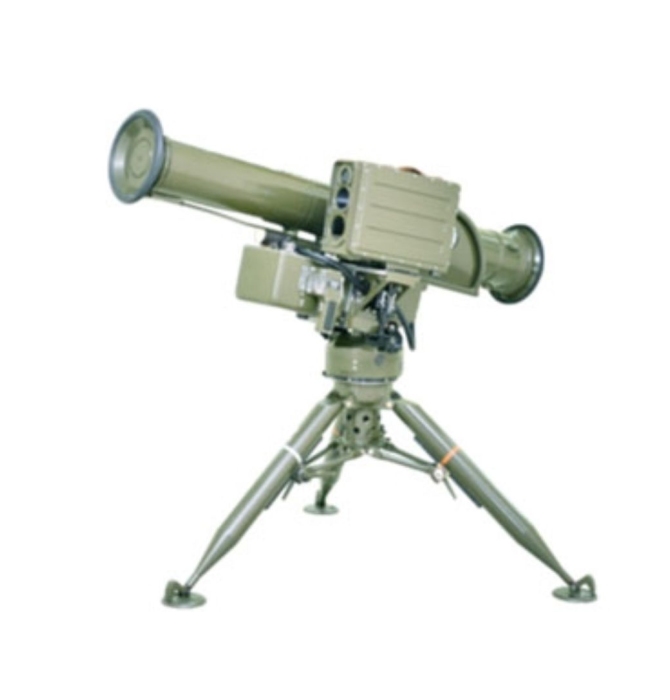6628Views

NASTP KaGeM V3 Loitering Munition
The KaGeM V3 is a new miniature air-launched cruise missile (ALCM) jointly developed by Pakistan’s National Aerospace Science and Technology Park (NASTP) and Turkey’s Baykar.
The KaGeM V3 is the first of several new munitions being developed at NASTP for use by the PAF’s growing fleet of unmanned aerial vehicles (UAV), such as the Bayraktar Akıncı and TB2, NESCOM Shahpar-2, and potentially others.
Overall, the KaGeM V3 reflects the Pakistani military’s interest in leveraging smaller and lighter weight munitions, trading away heavier payloads for greater accuracy and range.
Design Background of the KaGeM V3
The design of the KaGeM V3 closely aligns with Baykar’s Kemankeş 2, incorporating similar technological features and performance characteristics.
The KaGeM V3 uses an air-breathing engine coupled with a single-piece horizontal wing, likely enhancing its maneuverability and endurance.
The collaboration with Baykar highlights NASTP’s push to leverage international expertise to develop its indigenous defense capabilities. This approach has led to the creation of relatively novel weapon systems like the KaGeM V3 and others, making NASTP a valued player in the Pakistani defence industry, despite its recent formation.
KaGeM V3 Specifications
Physical Dimensions
- Length: 2.47 m
- Height: TBC (possibly 0.49 m)
- Total Weight: TBC (possibly 70 kg)
Performance Parameters
Key Technical Inputs
- Range: 150 km
- Endurance: 30 minutes
- Warhead: 20 kg payload
- Speed: TBC (possibly 90+ knots)
- Operational Altitude: 1,830 m (6,004 ft)
Key Capabilities of the KaGeM V3
Optimized for Drones
Being a lightweight munition, the KaGeM V3 was designed for use with UAVs, such as the Bayraktar Akıncı and Bayraktar TB2. It helps elevate drones from being purely short-range attack aircraft to long-range strike assets. While there is a trade off in terms of reducing the payload capacity, the goal of the KaGeM V3 is to use more precise targeting to successfully destroy or neutralize a target rather than explosive yield.
Long-Range Strike
The KaGeM V3 offers a range of 150 km, making it among the Pakistani military’s longest ranged weapons in this weight class. Most of Pakistan’s other sub-100 kg munitions provide ranges of under 20 km.
Autonomous Operations
While unconfirmed, the KaGeM V3 may carry a similar artificial intelligence (AI)-based guidance system as the Bayraktar Kemankeş 2. This would allow the KaGeM V3 to independently identify and engage its targets, thereby reducing its reliance on data-link connectivity with the user.
Moreover, like the Qaswa Industries AZB-81LR, NASTP and Baykar may look at developing the KaGeM V3 for coordinated swarm operations as well.
News Updates, Comments, and Analysis
Comment - December 2024
The KaGeM V3 could be the start of a more varied munitions family. The design of the KaGeM V3 can also be reworked for a disposable electronic countermeasures (ECM)-equipped decoy, for example. Likewise, larger variants may be developed to provide larger payloads; however, the general goal of the KaGeM family would be to remain small and lightweight.
Analysis: Is Pakistan's Next Strategic Focus on Boosting Munitions Output?
Finding lessons in the Russia-Ukraine War, the Pakistani military appears to be steering the domestic industry to learn how to scale and manufacture precision-guided munitions, such as the Taimoor ALCM, at scale. Read the full article here.
Analysis: Pakistan Increasingly Leans on Loitering Munitions
In 2021, Quwa wrote an article inferring that Pakistan will likely adopt a loitering munitions strategy. Nearly four years later, it is evident that Pakistan is acquiring a wide range of loitering munitions and, that too with a strong emphasis on domestic production through in-house programs and partnerships with a number of foreign original equipment manufacturers (OEM). In other words, Pakistan has a substantive – or perhaps an ambitious – loitering munitions program under way. Read the full article here.


